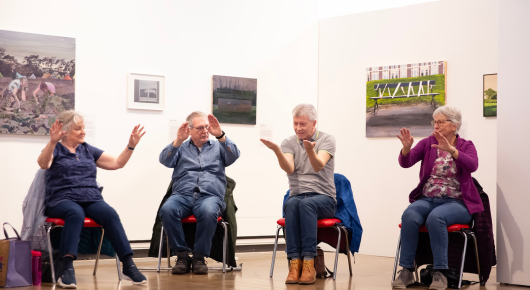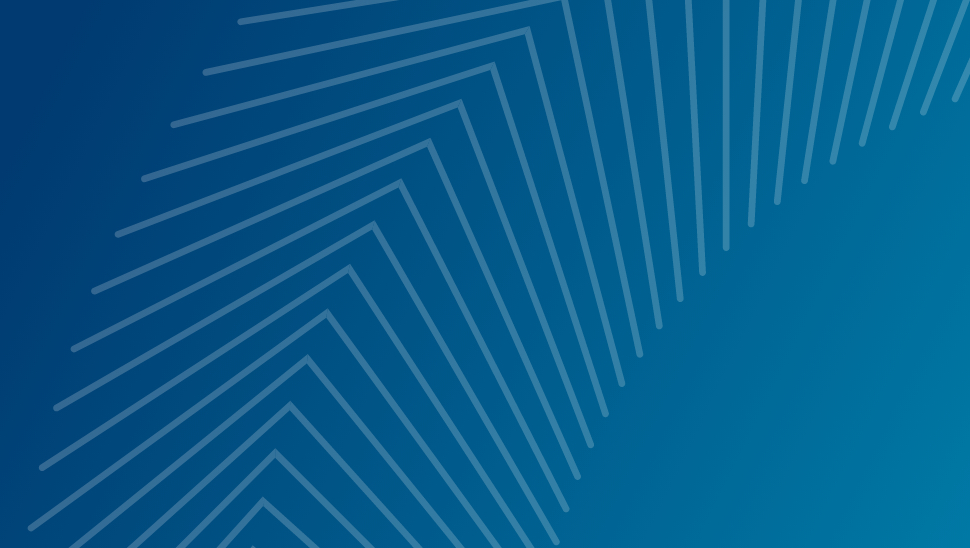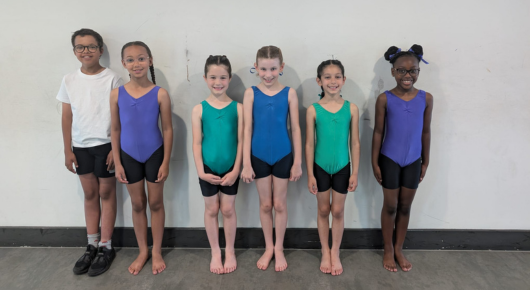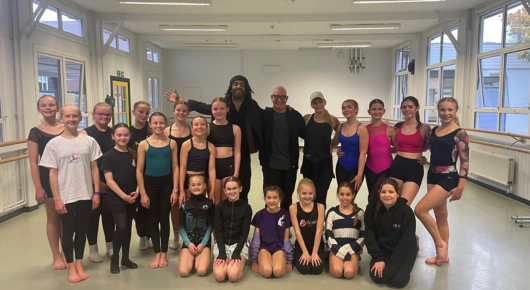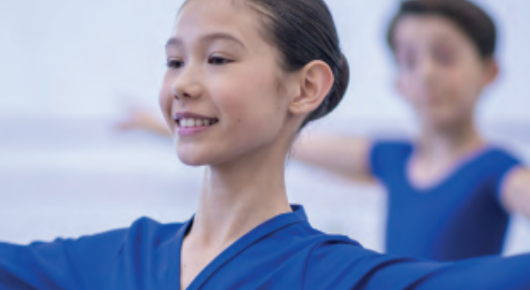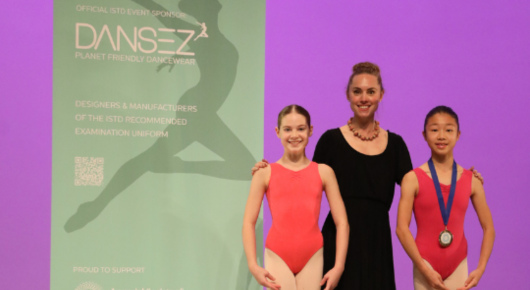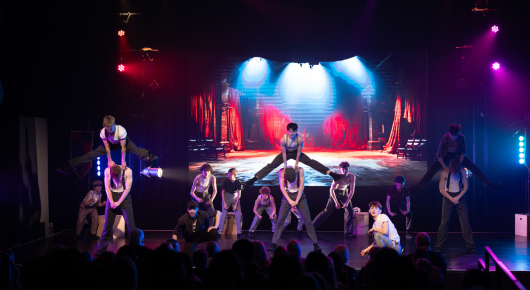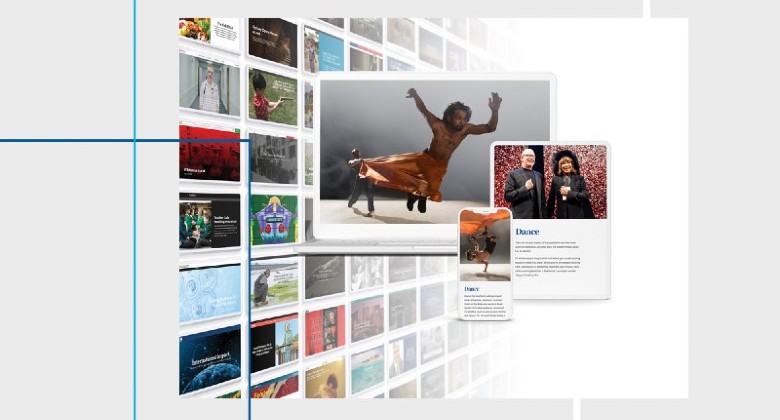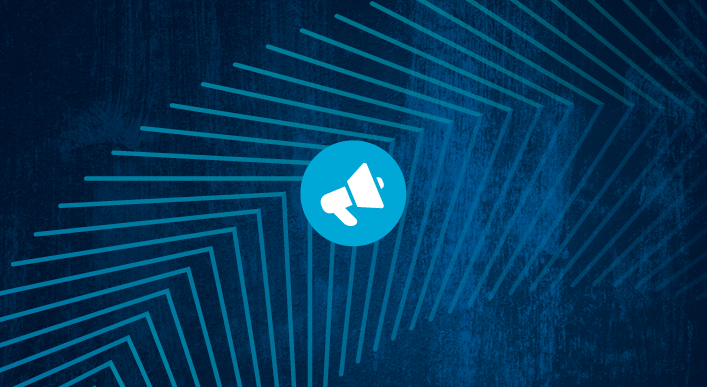30 June 2025
We sat down with Anna Morgan an ISTD Ballet teacher, choreographer, adjudicator, and researcher currently completing her MA in Dance Research, to talk about how studios can become more inclusive for learners of all identities. Anna trained to Fellowship level with the ISTD and runs her own Approved Dance Centre delivering the DDE qualification.

You can find Anna’s full ISTD profile here.
Inclusive language in the studio
The language we use in class sets the tone for how safe and seen dancers feel. Gendered terms, can unintentionally alienate students who don’t identify within the binary. By making thoughtful language choices, teachers can show their classes are places where everyone is welcome.
Start by rethinking groupings. Instead of saying “ladies over here” and “gentlemen over there,” try “Group A and Group B” or simply “this side and that side.” When addressing the class as a whole, you might use “dancers,” “everyone,” or “team.”
Another simple yet meaningful step is giving students a chance to share their pronouns. This could be through registration forms, in introductions, or by modeling inclusive language yourself.
Anna explains:
"Start small. Change one habit at a time, maybe the way you give corrections, who does which steps, or how you group students, e.g. by who feels they’d like a slower or quicker tempo today, rather than by gender. You don’t need to get it perfect. Just aim to be more open than yesterday. If you’re nervous about saying the wrong thing, be honest about that with your students. I of course can’t speak about every trans or non-binary dancer, but those who I’ve taught and worked with have all been grateful to be recognised as their true selves, and happy to forgive mistakes from those genuinely trying to do the work."
Dancewear for everyone
What dancers wear has a real impact on how confidently they move and participate. Studios can create more welcoming spaces by offering flexible dress code policies. Let dancers choose what they feel best in and consider unisex or adaptable options. Brands like Dansez provide unisex garments designed for comfort and made with movement in mind.

You can read more about the ISTD X Dansez collection here.
Representation matters
Dancers are more likely to thrive when they feel they belong and that starts with visibility. When students see diverse identities and bodies reflected in their studios, whether in posters, online content, or discussions, it signals that their presence is valid and valued.
Anna shares:
"Students only know what they see, so promoting dancers whether that’s through classroom posters, social media, or everyday conversations can really broaden their view of who belongs in Ballet. In relation to gender diversity, dancers like Ashton Edwards, Leroy Mokgatle, Maxfield Haynes, Vincenzo Turiano and Katy Pyle are brilliant examples, as are organisations like Queer the Ballet and Ballez Company."
Conversations with students and parents
Inclusive dance education goes beyond the studio, it extends to the wider community, including the conversations we have with students and their families. Building trust and understanding with parents and guardians is key to creating a space where every dancer feels safe, supported, and seen.
Anna points out:
"With parents, it’s often about how we frame the conversation. For example, if a teacher adjusts the dress code, it’s not about being rebellious or ‘political’, it’s about making sure every child feels safe and able to participate fully. Ballet is a future-facing art form, and we have a responsibility as educators to make sure everyone is not only included, but actively welcomed to be themselves. That’s how we build a truly diverse and exciting future for dance."
How to keep evolving
Inclusion is not a destination, it’s an ongoing practice. Creating a supportive and equitable studio environment means staying open to growth, learning from others, and being willing to reflect and adapt.
Anna states:
"I try to stay in conversation with my students, colleagues and dancers in the industry, read widely, have the uncomfortable conversations, and stay open to getting things wrong. My academic work also helps me connect broader ideas around gender, equity and feminist pedagogy back into my practical teaching."
Common misconceptions
It’s a common worry that inclusive training may take something away from tradition. But as Anna explains, that’s a misunderstanding. Gender-inclusive practices don’t erase anything, they add more possibilities. In fact, opening up who can explore certain steps, roles, or dynamics can lead to stronger technique, broader artistry, and a more empowered generation of dancers.
Anna highlights:
"One misconception I hear often is that gender-neutral training erases tradition, erases women, or makes class more confusing. But nothing is being taken away. Cisgender girls, boys, women and men can still present exactly as they always have. Ballet technique is a coded movement language, adapted slightly for individual bodies. Gendered expression is something we layer on top of that. So inclusive training strengthens technique rather than threatens it. Gender non-specific doesn’t mean genderless. It simply means we stop assigning expectations to people based on narrow assumptions or categories."
